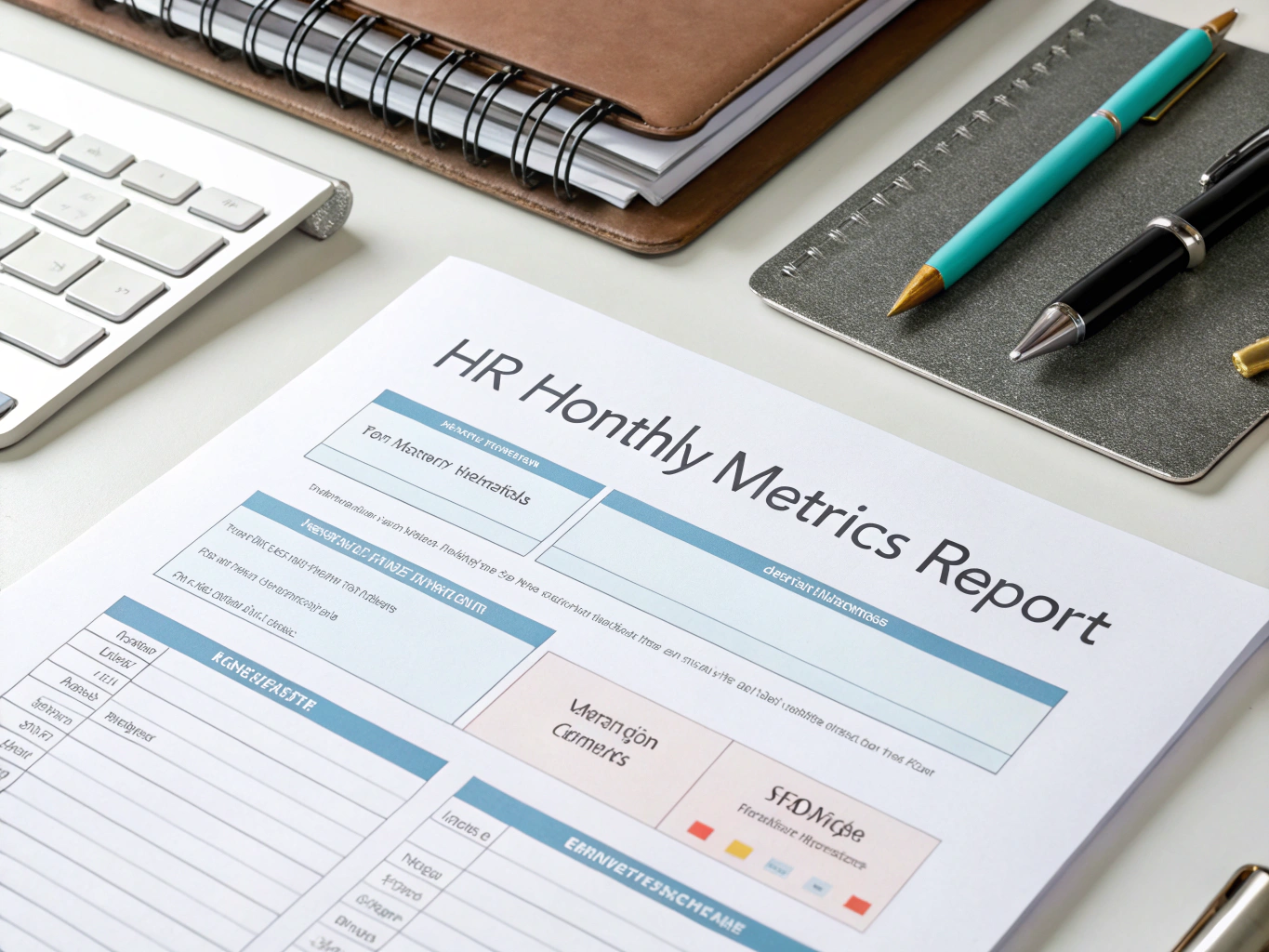What is a Fmla Absence Tracking Calendar Spreadsheet?
The FMLA Absence Tracking Calendar Spreadsheet is a vital tool designed to assist HR professionals in managing and documenting employee leaves under the Family and Medical Leave Act (FMLA). This form simplifies the tracking of FMLA absences, helping you to monitor leave requests, calculate entitlements, and ensure compliance with federal regulations. By using this spreadsheet, you can easily organize leave data and maintain clear records, allowing for better management of employee time off.
Template
Below is a template you can customize for your organization’s needs:
FMLA Absence Tracking Calendar Spreadsheet
1. Summary Sheet
| Employee Name | Employee ID | Department | FMLA Start Date | FMLA End Date | Total FMLA Hours/Days Available | Total FMLA Hours/Days Used | Total FMLA Hours/Days Remaining |
|---|---|---|---|---|---|---|---|
| [Insert Name] | [Insert ID] | [Insert Department] | [Insert Start Date] | [Insert End Date] | [Insert Total Available] | [Insert Total Used] | [Insert Total Remaining] |
2. Calendar View (Monthly Sheets)
| Date | Day of the Week | FMLA Hours/Days Taken | Running Total | Notes |
|---|---|---|---|---|
| [Insert Date] | [Insert Day] | [Insert Hours/Days] | [Insert Running Total] | [Insert Notes] |
3. Summary Calculation
Yearly Summary: [Insert Yearly Summary Formula]
Employee Summary: [Insert Employee Summary Formula]
4. Conditional Formatting
Highlight Excessive Leave: [Insert Conditional Formatting Rule]
Automatic Alerts: [Insert Alert Rules]
5. Pivot Tables and Charts
Usage Overview: [Insert Pivot Table Data]
Visual Charting: [Insert Chart Type]
Purpose and Benefits
The primary purpose of the FMLA Absence Tracking Calendar Spreadsheet is to streamline the documentation and management of employee leaves. Utilizing this spreadsheet offers several practical benefits:
- Improved Organization: Easily track multiple employee leaves across departments, reducing confusion and enhancing clarity.
- Enhanced Compliance: Ensure adherence to FMLA regulations by maintaining accurate records of employee absences.
- Time-Saving: Automate calculations for total hours/days used, allowing you to focus on other HR functions.
- Proactive Management: Identify patterns in leave usage, enabling you to address potential issues before they escalate.
- Data Accessibility: Provide an easily shareable document for HR teams, ensuring everyone has up-to-date information.
Essential Components
To create an effective FMLA Absence Tracking Calendar, include the following essential components:
- Employee Details: Capture basic information like name, ID, and department to keep records organized.
- FMLA Dates: Clearly outline the start and end dates of leave to monitor entitlements effectively.
- Leave Usage Tracking: Document daily hours/days taken to calculate totals accurately.
- Running Total: Maintain a running total of FMLA used to quickly assess remaining balances.
- Notes Section: Provide space for additional comments, such as intermittent leave or special considerations.
How to Use This Form
To maximize the effectiveness of the FMLA Absence Tracking Calendar, follow these practical steps:
- Customize the Template: Adjust the template to fit your organization’s specific needs and policies.
- Regular Updates: Update the spreadsheet regularly to reflect current leave statuses accurately.
- Communicate with Employees: Ensure employees are aware of how to report their FMLA leave and what information is needed.
- Review and Audit: Perform periodic audits to confirm the accuracy of the data and compliance with FMLA regulations.
- Utilize Conditional Formatting: Set up alerts for excessive leave to proactively identify potential issues.
Legal and Compliance Considerations
It’s crucial to understand the legal landscape surrounding FMLA leaves. Ensure that your tracking practices comply with the FMLA regulations, which provide eligible employees with the right to take up to 12 weeks of unpaid leave for certain family and medical reasons. Be aware of state-specific laws that may provide additional benefits, and maintain confidentiality when handling sensitive employee information.
Best Practices
Implementing the FMLA Absence Tracking Calendar efficiently requires adherence to best practices:
- Leverage Technology: Consider using HR software that integrates leave tracking with payroll and employee records for seamless management.
- Provide Employee Training: Offer training sessions or informational resources for employees to understand their rights and responsibilities under FMLA.
- Establish Clear Policies: Draft clear policies regarding FMLA leave requests, communication, and documentation to ensure consistency.
- Monitor Trends: Analyze leave patterns to identify possible workplace issues or employee dissatisfaction, allowing for proactive management.



